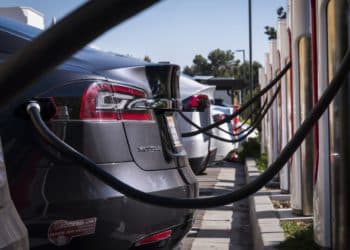Residual Risk Is Top Concern for EV ABS Pools

Residual risk is the primary risk factor in electric vehicle ABS pools — not credit, Jennie Lam, director and lead analyst with prime auto ABS at S&P Global Ratings, told Auto Finance News.
Because most EVs are leased to super prime or prime credit profiles, there’s a slim chance of default, she said. Additionally, leases offered by captives are subvented products, offered to higher credit borrowers.
The main risk factor investors face then falls to the residual side, or “the risk that the future realized residual (the market value of 3-year old vehicles) falls below the booked residual in the ABS transaction against which the ABS debt was issued,” S&P’s analysis notes stated.
Although it’s difficult for lenders or manufacturers to mitigate residual risk because there is very little data in respect to EVs, S&P highlights the residual value depreciation in these pools nonetheless. EVs account for 1% to 2% of total issuances, Lam said.
Even new-model vehicles such as the Chevy Bolt — which features a longer battery range than most models — have been seen in the ABS pool, but with low volume levels, it’s still too hard to accurately predict residual values.
In the past, EVs represented a small portion of the collateral and did not materially change the overall ABS risk profiles, however, S&P’s analysis notes that some pools are composed almost entirely of electric cars.
Additionally, pools with a substantial proportion of electric vehicles show operational risks including proprietary technology to the manufacturer, limited data on the residual value performance, and a short track record in car production.










